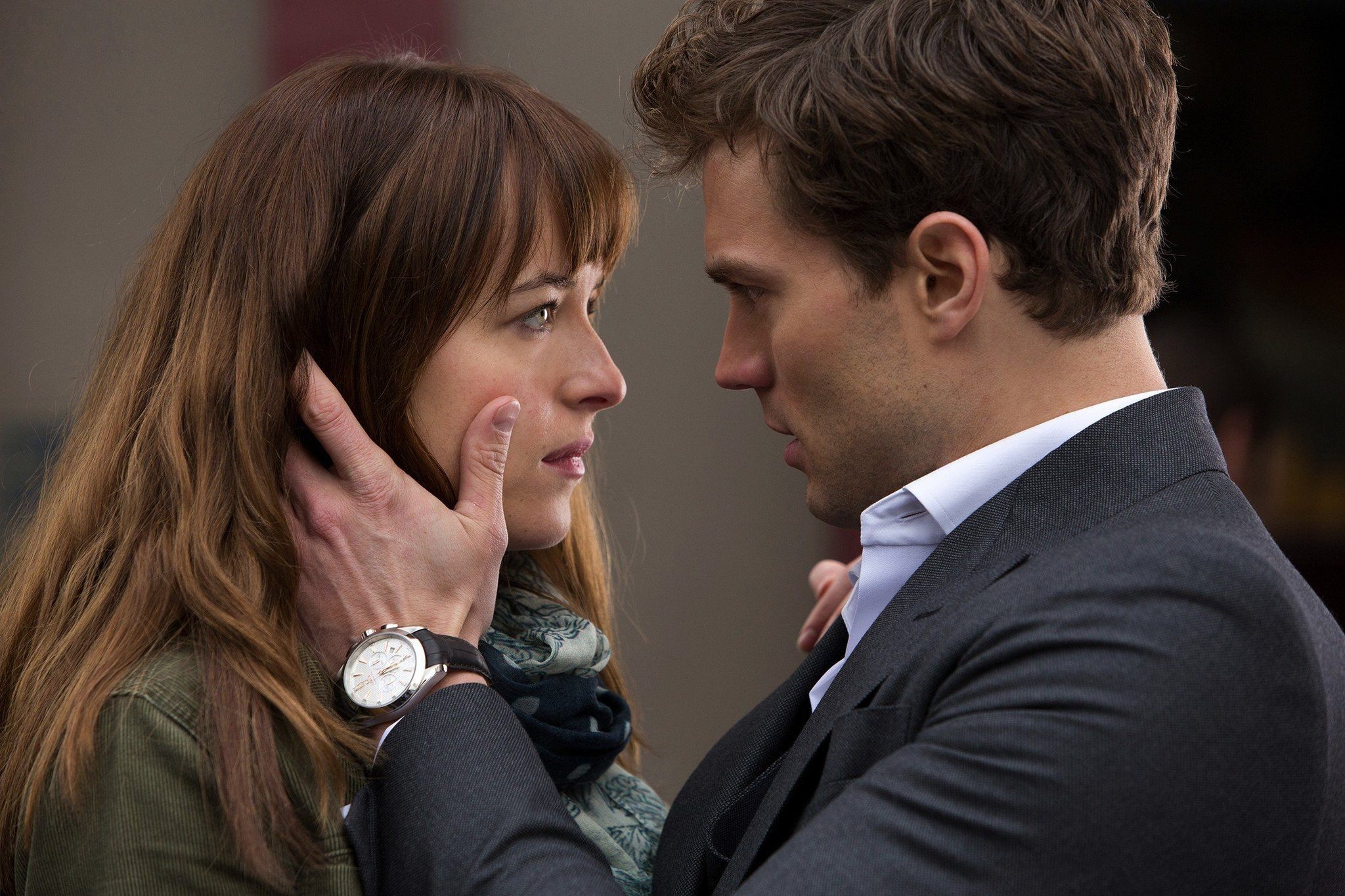There’s something really freeing about seeing a movie by yourself. You have no one next to you that you feel obligated to laugh, cry, or share your popcorn with. In this way, you’re totally free to experience the movie your own way in the dark of the theater without pressure and without someone robotically asking you, “so what’d you think?” as the credits roll. So, not having seen a movie at the theater in almost a year, I decided to go on a self-date to the theater. I was between three movies: critically acclaimed Selma, critically acclaimed Still Alice, and Fifty Shades of Grey.
From pretty much the beginning I have repeatedly scoffed at the rise to fame of Fifty Shades of Grey; and though I never bothered to read it, my friends all assured me that the writing was atrocious. It wasn’t until I read this lengthy article that I decided I couldn’t really take a stance on the premise of the story until I had heard it. However, I was in no rush. So, as I raced to the theater (late of course), I told myself Fifty Shades was my last resort. At the counter I bought one ticket to Still Alice where I was informed that I had missed the first 7 minutes already. Fifty Shades was scheduled to start 10 minutes after Still Alice, so at the last minute, I ducked into the theater for Fifty Shades just as the last preview came to an end. Fast forward to the end of the movie, I was shocked and a little embarrassed that I didn’t hate it. Fast forward to now, I’m still thinking about it — usually a sign that I found a movie, dare I say it, thought provoking.

What was it about Fifty Shades of Grey that I liked? To be honest it had nothing to do with the supposedly daring sex scenes or the steamy actors, neither of which greatly impressed me. Instead, it was the pleasant surprise that the movie wasn’t really about sex at all, but rather a psychological exploration of two very interesting character types. I was fascinated by Christian’s dark past of sexual abuse and family trauma and the ways in which this impacted his relationships with women. I was also sucked into Anastasia’s battle between desire and knowing where to draw the line. Lastly, I was impressed by how the director managed to empower this “submissive” female character while still making her human — desiring of love, excitement, and danger. There was a realness in the psychology of these characters that I did not expect. In my opinion, the sex scenes were laughable, especially the first dominant/submissive experience, which looked more like a slow-motion seance than anything too erotic. I’ve seen some really well done sex scenes and this was just not one of them. So, the film that everyone had been so worked up about didn’t even end up really being about sex. Sex was more of a way to show the complexities of the characters.
I still wouldn’t call Fifty Shades of Grey a great movie, and I still don’t think I’d be interested in reading the books, but overall I found it a very interesting exploration of the effects of psychological trauma and human attraction. What I walked into thinking would be a guilty pleasure film at the best and something to laugh at at the worst turned out to be the opposite of what I expected. I attribute a lot of this to the creative vision of the production team, so I’d like to conclude with a quote from the film’s director, Sam Taylor-Johnson:
“I felt like I had a responsibility to empower the lead character,” Taylor-Johnson said. “Anastasia had to go on a journey of sexual exploration, but, by the end, it had to be about empowerment. It is all her choice. All decisions, she’s clearly made. She is not falling prey. That’s the message I want people to walk away with. That feeling of ‘all the riches and success and charisma count for nothing, it’s under terms you cannot accept.’ In Fifty Shades, seemingly Christian has all the power and control—but actually Anastasia does.”


Leave a Reply
Be the First to Comment!